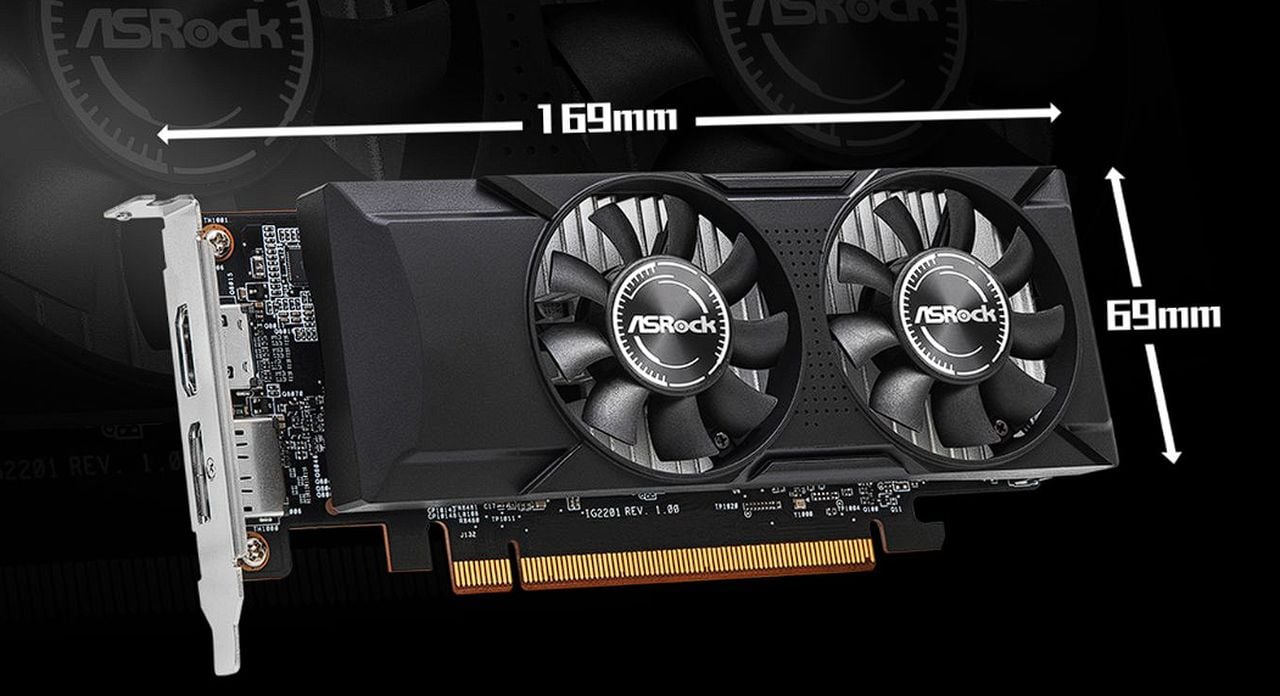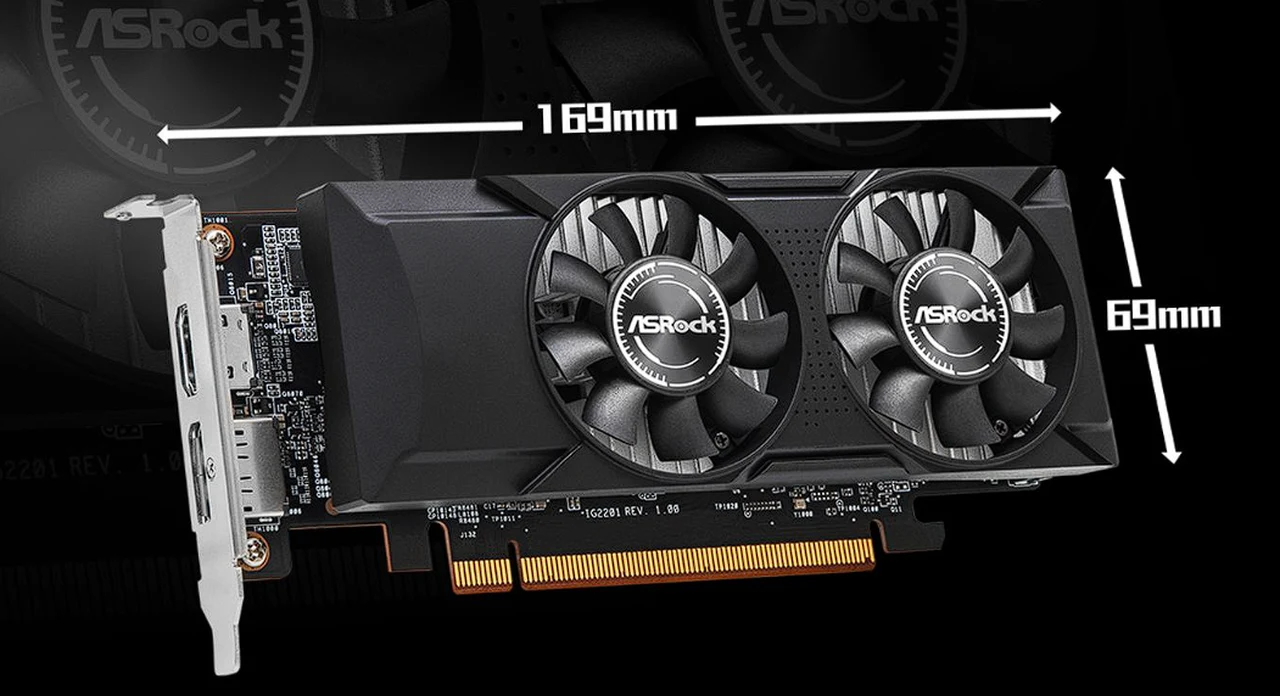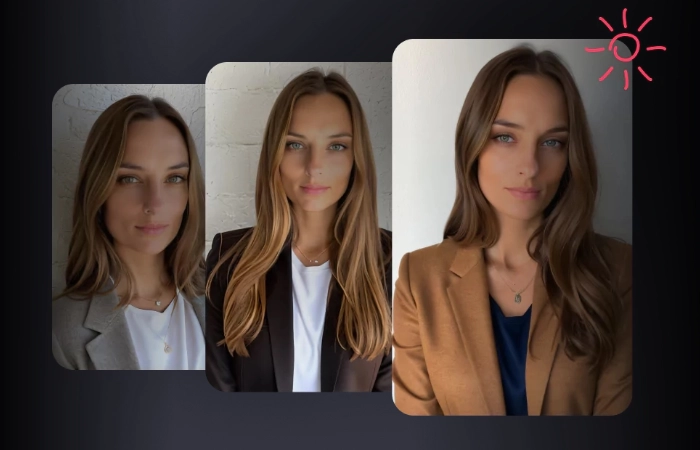[ad_1]
Sennheiser Profile Wireless: revisión de 1 minuto
Con nuevas empresas como DJI, Rode, Hollyland y otras lanzando recientemente pequeños micrófonos inalámbricos, los fabricantes de audio veteranos se están sumando a la acción. El Profile Wireless de Sennheiser es un intento de la compañía, conocida desde hace mucho tiempo por sus excelentes micrófonos y auriculares de estudio, de ingresar al mercado, y descubrí que es otro micrófono compacto muy impresionante, perfecto para cualquiera que quiera mejorar su juego. Contenido grabado para vlogs, podcasts, entrevistas y más.
Con su diseño liviano y compacto (cada uno de los dos transmisores pesa solo 27 g, mientras que el paquete completo, incluida la correa de carga, pesa 290 g) y una duración de batería duradera de hasta 20 horas, Profile Wireless es fácil de transportar durante todo el día y su La calidad del sonido sobresale24 bits en los micrófonos internos utilizados por teléfonos inteligentes, computadoras portátiles y cámaras, cosas que probablemente emparejará con ellos al grabar contenido. También se puede utilizar de forma totalmente independiente de otros dispositivos, gracias a que cada transmisor tiene almacenamiento interno para grabaciones.
Aunque la falta de las funciones llamadas “premium”, como la grabación Bluetooth y la cancelación automática de ruido de 32 bits, puede hacer que los aspirantes a completistas y profesionales se detengan, no creo que haya mucho de malo en el enfoque de “menos es más” de Sennheiser. Al mantener las cosas simples y eficientes, Profile Wireless es una alternativa valiosa y asequible a los de su tipo. Micrófono DJI 2 Instale Wireless Pro.
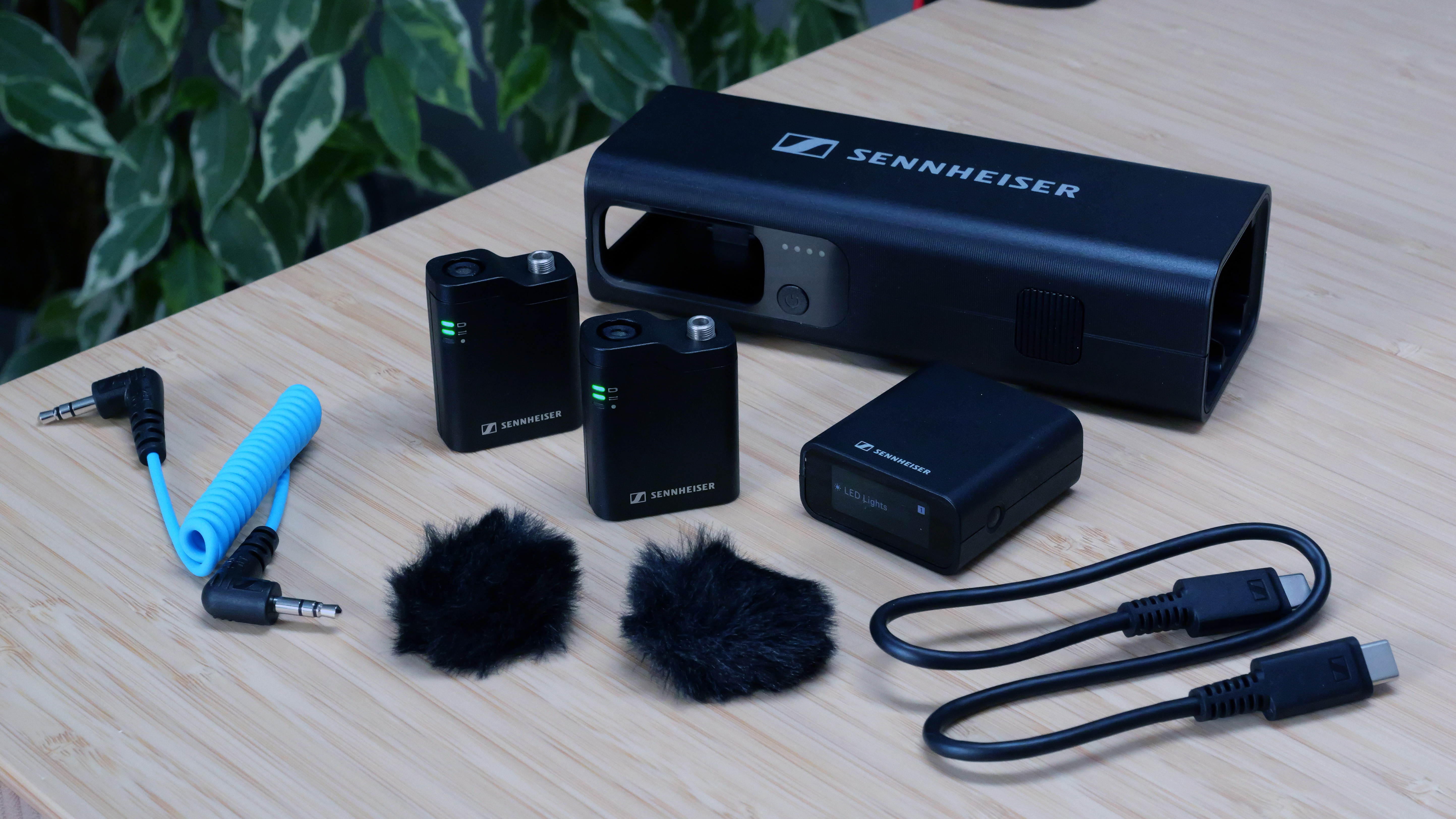
Sennheiser Profile Wireless: precio y fecha de lanzamiento
- $ 299 / £ 259 / AU $ 549 por equipo de dos canales con receptor, dos transmisores y correa de carga
- Los receptores y transmisores de repuesto se venden por separado.
- Disponible ahora
Creo que la mejor manera de comprar Sennheiser Profile Wireless, que ya está a la venta, es como un juego completo. El kit de dos canales incluye un receptor, dos transmisores, una correa de carga/micrófono para entrevistas, tres adaptadores (para montar el receptor en una zapata fría de la cámara o en un dispositivo USB-C o Lightning), dos imanes para fijar el transmisor a la ropa y un cable de 3,5 mm a 3,5 mm, un cable USB-C a USB-C, tres protectores contra el viento (dos para los transmisores, uno para el micrófono de la entrevista) y un estuche de transporte suave con cremallera para guardar todo de forma segura.
Los componentes del transmisor y el receptor también se pueden comprar por separado, pero lo veo como una opción para reemplazar componentes dañados o faltantes (o comprar piezas de repuesto) en lugar de crear una configuración de micrófono inalámbrico.
El Sennheiser Profile Wireless es un poco más barato que competidores premium como DJI Mic 2 y Rode Wireless Pro, pero más caro que el modelo compacto. DJI Mike Mini y Instalar un micro inalámbrico. Creo que el precio es correcto, ya que Profile Wireless no puede igualar a los modelos premium en características como el registro flotante de 32 bits.
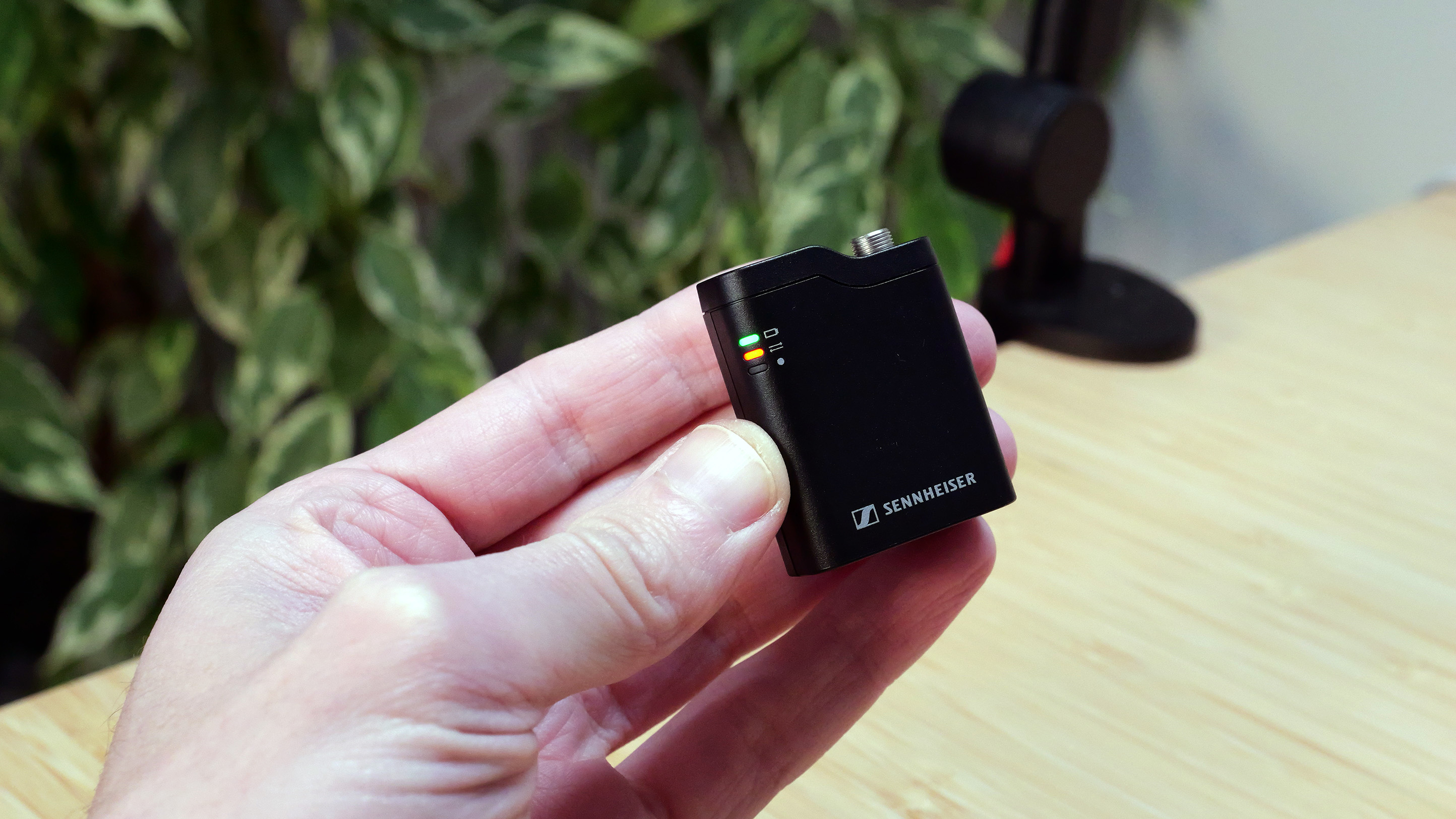
Perfil inalámbrico Sennheiser: especificaciones
| Dimensiones | Banda de carga: 152 x 41 x 55 mm (largo x ancho x alto) Receptor: 45 x 42 x 19 mm (largo x ancho x alto) |
| peso | 30 g (receptor) 27 g (transmisor) |
| Rango de transmisión | 245 d.C. |
| Contacto | Receptor: USB-C, USB-C/salida Lightning, conector para auriculares de 3,5 mm, salida de 3,5 mm; Transmisor: entrada de 3,5 mm |
| batería | 7 horas más dos cargos adicionales del caso |
| mi voz | 24 bits |
| Cancelación de ruido | No |
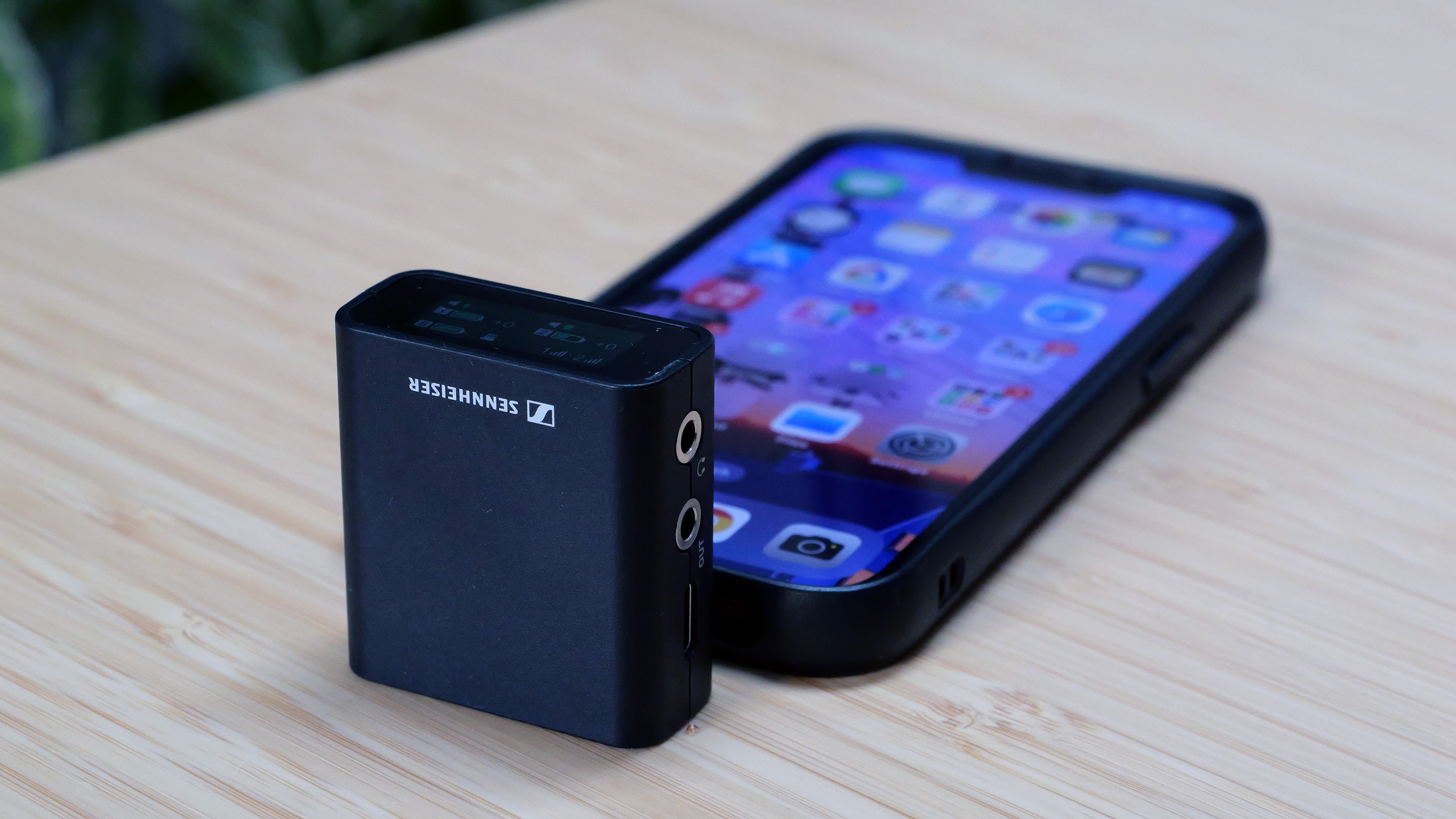
Lima inalámbrica Sennheiser: diseño
- Todos los elementos principales se desbloquean en la barra de carga.
- El paquete completo pesa 290 gramos.
- Incluye adaptadores USB-C, Lightning y Cold Shoe
Los dos componentes principales del paquete Sennheiser Profile Wireless son los módulos transmisor y receptor. El transmisor es un micrófono pequeño y liviano que se puede sujetar a la ropa mediante un clip o imán incorporado (este último solo es adecuado para telas finas como camisetas) y se puede usar uno al lado del otro (para un estéreo o dos). Registrar una persona) o individualmente (para registro único). Se conecta de forma inalámbrica al receptor, una unidad un poco más grande que se puede conectar a teléfonos inteligentes, tabletas, computadoras portátiles o cámaras; El receptor toma la señal de audio y la convierte en datos de audio digital en una grabación de video o audio, y también cuenta con una pantalla táctil OLED para ajustar la configuración y ver los niveles de entrada en tiempo real. La pantalla táctil es bastante pequeña, lo que a veces puede dificultar los ajustes, pero dado que una de las principales ventajas de la configuración es su pequeño tamaño, creo que esto es normal.
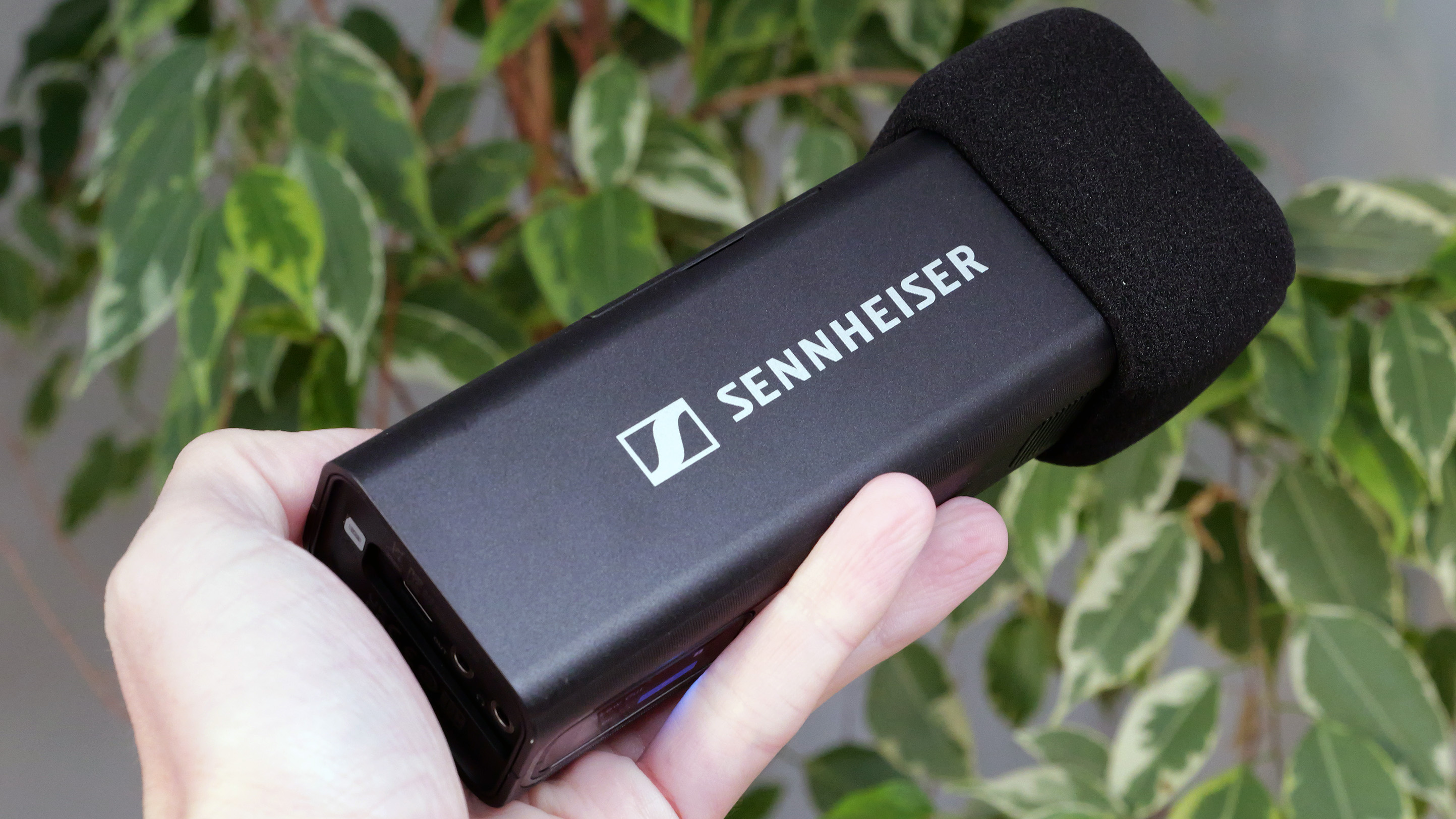
Tanto los elementos del transmisor como del receptor son agradables (si no llamativos o elegantes) a la vista y están bien construidos, tal como esperaría de un producto Sennheiser. También viene con una barra de carga inteligentemente diseñada, que cuenta con un espacio con clip para almacenamiento y recarga, así como espacio para almacenar adaptadores e imanes. Su forma larga y estrecha, y el hecho de que los transmisores se almacenan en un extremo, significa que se puede reutilizar como un micrófono de mano tradicional, que el usuario sostiene y apunta hacia los entrevistados, de manera muy similar a como vería a un periodista sosteniendo un micrófono. para una entrevista en Fox Pop o en la alfombra roja. Esto es algo que nunca he visto en otros micrófonos inalámbricos y es una buena razón para considerar comprar Profile Wireless si planeas crear este tipo de contenido. La barra de carga también tiene un punto de montaje para trípode estándar en un lado, por lo que puede montarla en un trípode o brazo de micrófono si lo desea.
Como ocurre con la mayoría de los paquetes de micrófonos inalámbricos pequeños, Profile Wireless se puede conectar a varios dispositivos. En la caja hay adaptadores para conectar el receptor a dispositivos Lightning, dispositivos USB-C y cámaras (estas últimas usando un soporte de zapata fría). Los transmisores también se pueden utilizar de forma totalmente independiente, gracias a los controles de grabación integrados y a los 16 GB de espacio de almacenamiento integrado, suficiente para unas 30 horas de audio. Cada uno también tiene una entrada de 3,5 mm para conectar un micrófono de solapa opcional, y también es un conector de metal agradable y de alta calidad, con un tornillo conveniente para sujetar de forma segura el cable del micrófono de solapa. Nuevamente, este es un toque agradable que no he visto en sistemas de micrófono inalámbrico similares: el DJI Mic 2 tiene una entrada de gama baja, pero es solo de plástico sin montaje atornillado.
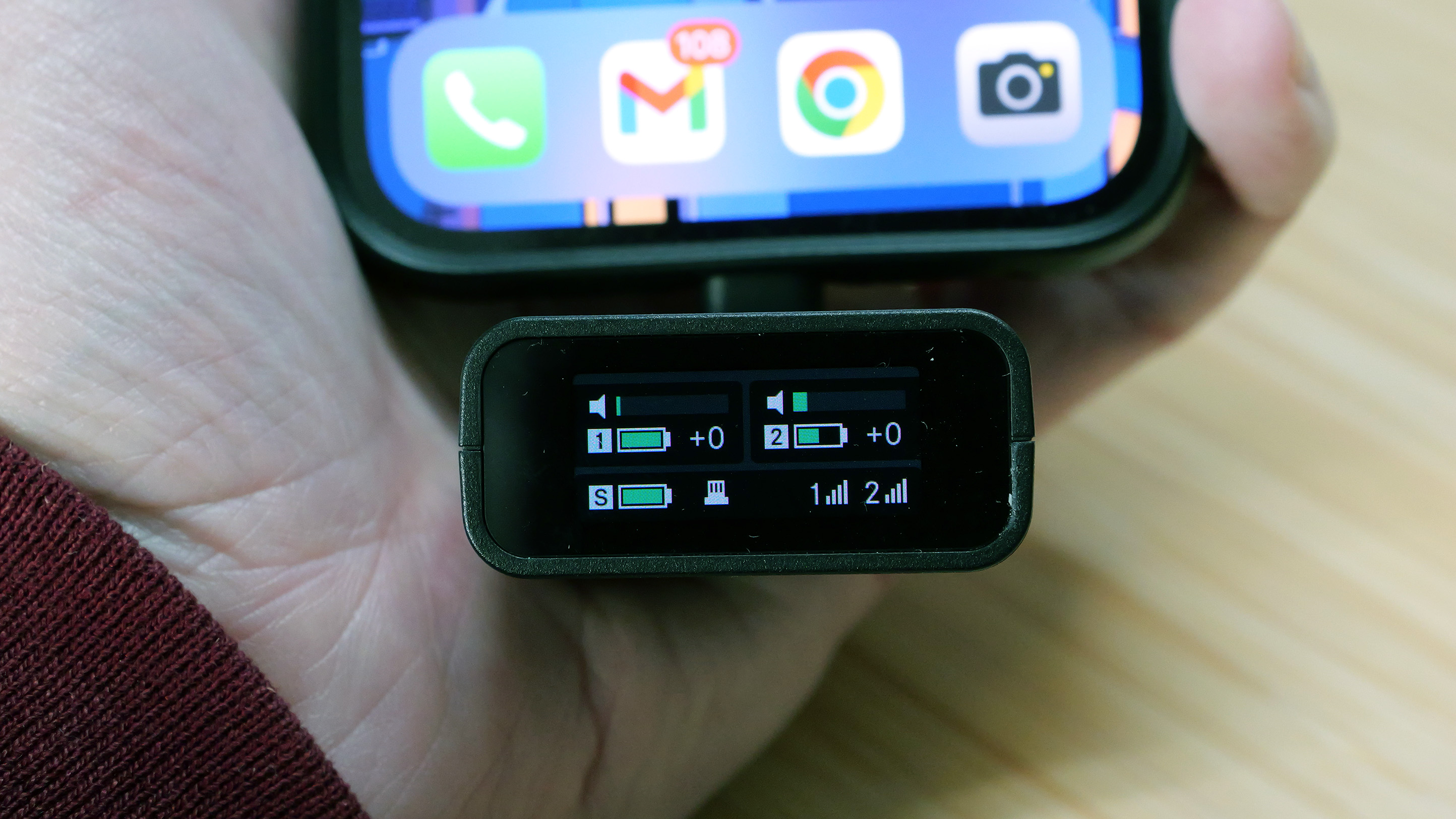
Lima inalámbrica Sennheiser: rendimiento
- Calidad de sonido de 24 bits
- Grabación de respaldo automática
- Alcance inalámbrico de hasta 245 metros.
Como la mayoría de los micrófonos inalámbricos de 2,4 GHz, Profile Wireless graba audio con calidad de 24 bits. Algunos micrófonos más nuevos, como el DJI Mic 2 y el Rode Wireless Pro, ofrecen una opción para grabar con una calidad flotante de 32 bits más alta, pero eso no está disponible aquí. No creo que a la mayoría de los usuarios les parezca una gran pérdida, ya que el audio de 24 bits suena muy bien aquí y el flotante de 32 bits (cuyos archivos ocupan mucho más espacio que los archivos de 24 bits) es una verdadera oferta diseñada para profesionales y Perfeccionistas implacables en lugar de usuarios. Gente común y corriente.
Como se señaló anteriormente, la calidad de sonido de Profile Wireless me pareció excelente, ya que lo probé en interiores y exteriores en diversas condiciones de ruido ambiental. La falta de cancelación de ruido activa o inteligente significa que es posible que desees considerar micrófonos alternativos si es probable que grabes constantemente en entornos ruidosos, pero mientras puedas vivir con algo de ruido de fondo, no creo que sea una ventaja para tú. Extrañaré mucho. También se incluyen protectores contra el viento peludos extraíbles para ayudar a reducir el ruido en los días de viento.
El audio de 24 bits hace un buen trabajo al hacer que los sonidos suenen nítidos y claros, ya sea que esté grabando en un dispositivo externo a través del receptor o directamente en un transmisor usando los controles integrados. Hay controles de ganancia ajustables integrados en el receptor, así como un modo de canal de seguridad que, cuando se utilizan dos transmisores, graba una segunda copia de la grabación a -6 dB en caso de que el canal principal se vea interrumpido por un ruido fuerte inesperado.
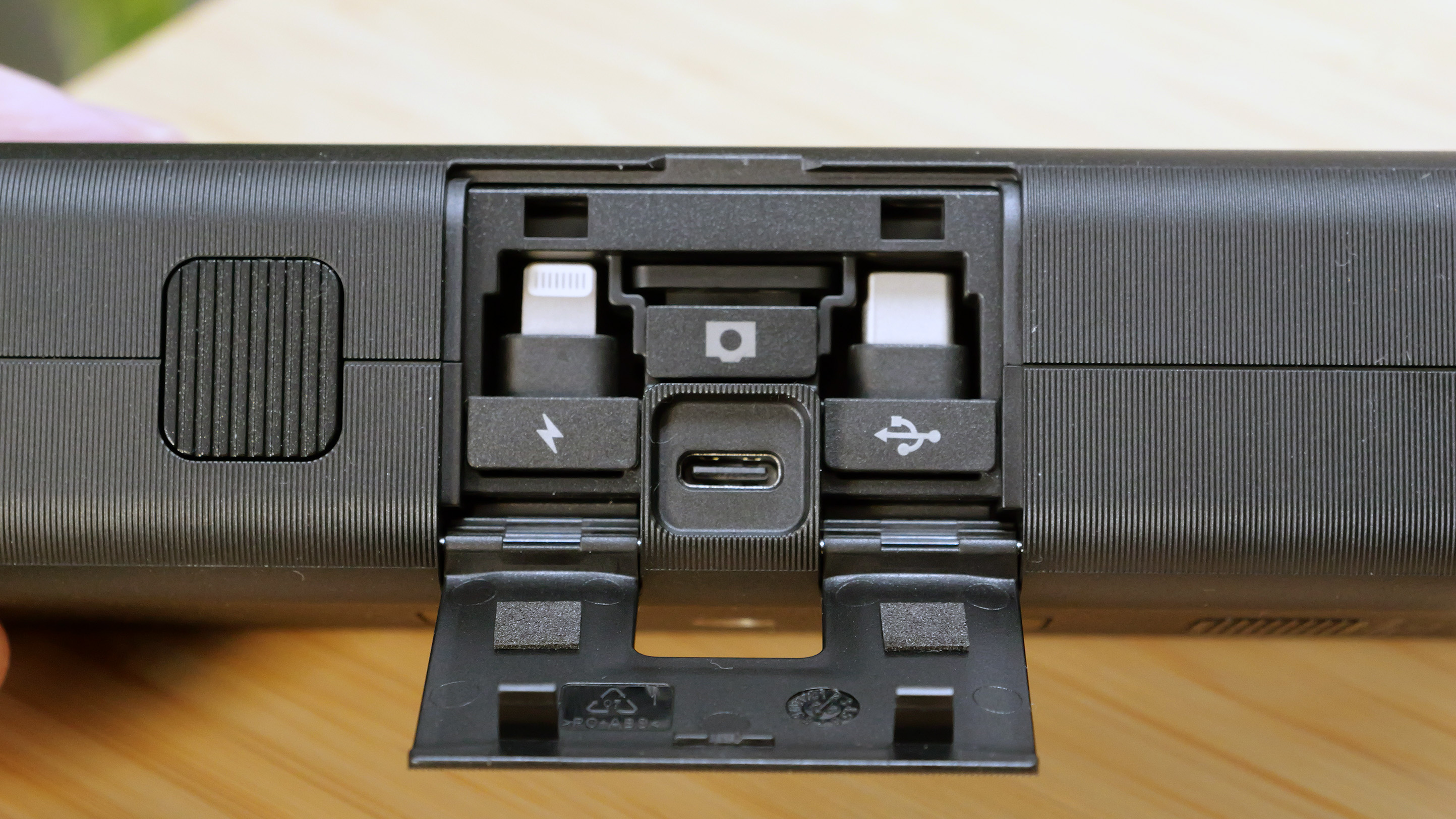
Otra característica que no se incluye aquí pero que se encuentra en algunos competidores es la grabación directa por Bluetooth, donde puede emparejar un transmisor directamente con su dispositivo móvil para grabar audio, sin pasar por el receptor.
Una característica de audio interesante que Sennheiser ha agregado es un modo de grabación de respaldo, que cambia automáticamente a grabación integrada cuando la señal inalámbrica es débil o se interrumpe. El alcance inalámbrico es bueno (hasta unos 250 metros en condiciones despejadas), pero tenerlo como opción de respaldo en caso de problemas de conectividad podría ser una bendición para algunos.
La duración de la batería es bastante buena, con aproximadamente 7 horas de reproducción en cada transmisor y receptor, además de aproximadamente 15 horas adicionales en la barra de carga. Por lo tanto, estás viendo un tiempo total de grabación de aproximadamente 21 horas cuando usas un transmisor en un momento dado, aproximadamente el mismo tiempo que obtienes con el Rode Wireless Micro.
¿Debería comprar Sennheiser Profile Wireless?
Cómpralo si…
No lo compres si…
Sennheiser Profile Wireless: Considere también
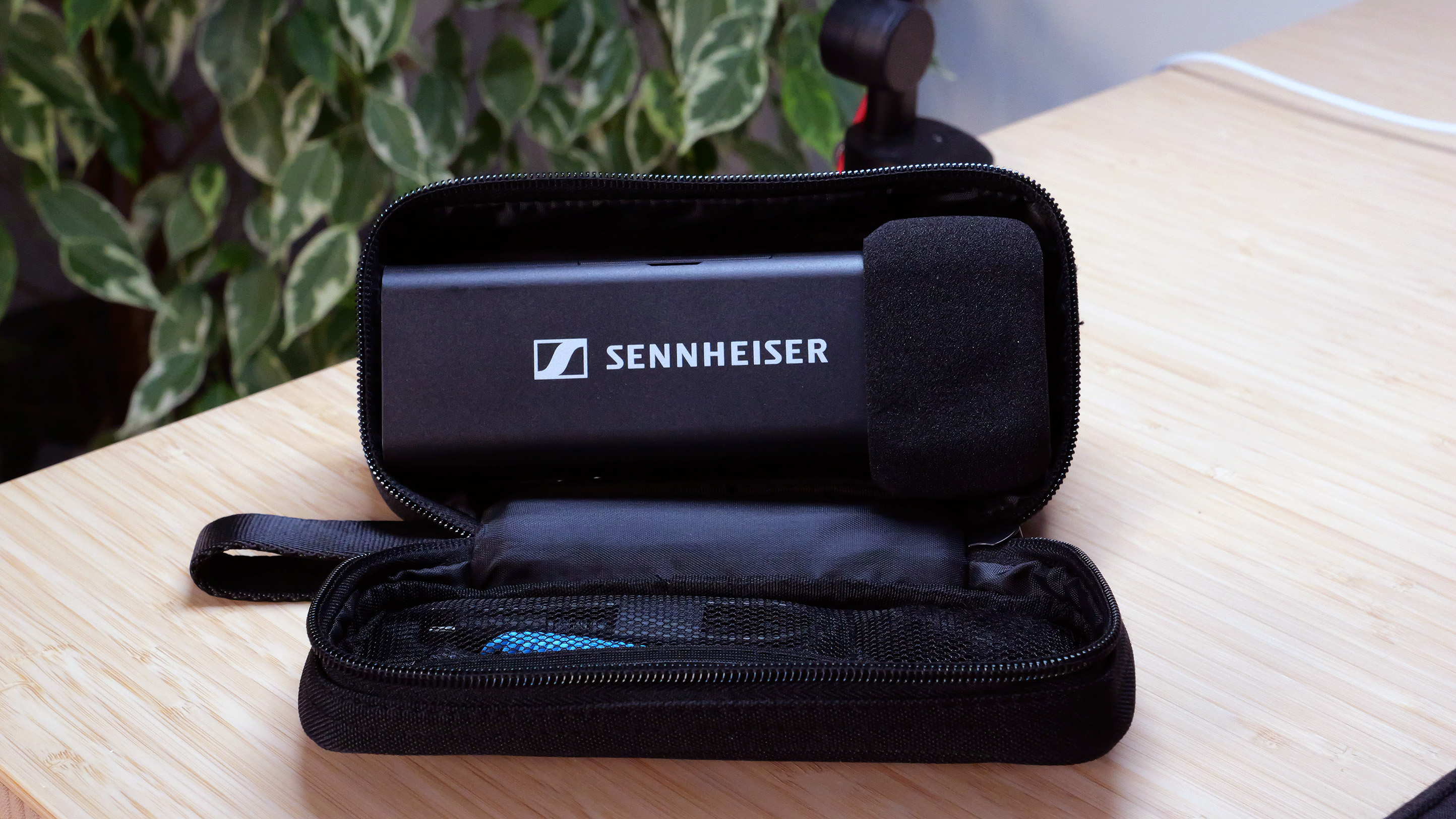
Cómo probé el perfil inalámbrico Sennheiser
- Úselo regularmente durante dos semanas en ambientes silenciosos y ruidosos.
- Emparejado con iPhone 13 y Panasonic Lumix GH6 II
Probé Profile Wireless en interiores y exteriores, tanto con su receptor conectado físicamente a dispositivos (mi teléfono inteligente Apple iPhone 13 y una cámara Panasonic Lumix GH6 II) como en modo solo, asegurándome de grabar en una variedad de entornos para poder ver cómo manejó el ruido Diferentes condiciones climáticas y de fondo.
[ad_2]
Source Article Link






